Social housing: In brief
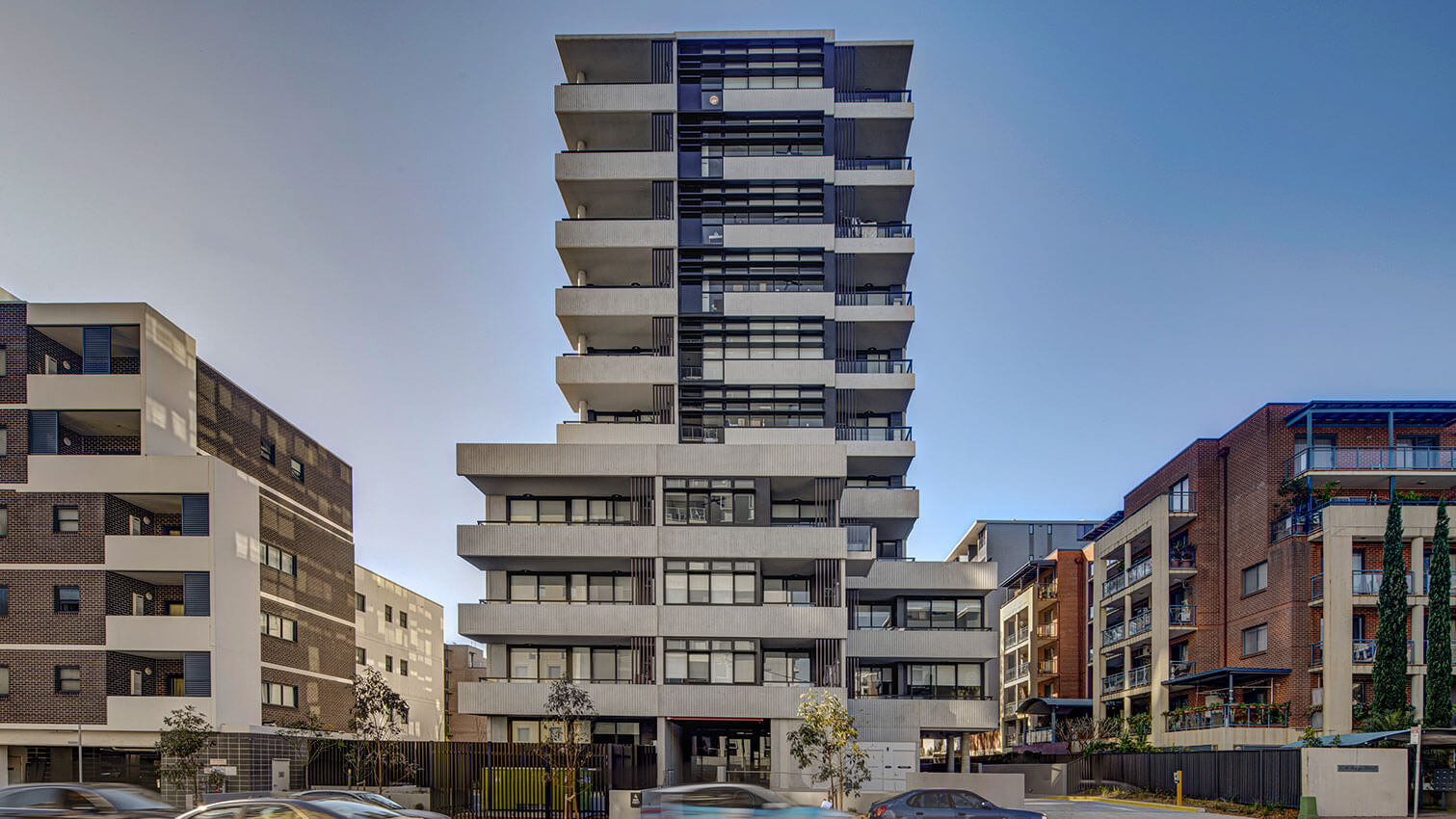
Social housing project briefs include many requirements, including apartment mix to suit the anticipated residents, accessibility standards to accommodate a wide demographic, and operational consideration to ensure a manageable and long-last building. While these are necessary and important, an overarching design principle that is sometimes omitted from the brief is blind tenure. Blind tenure is the notion that social housing is indistinguishable from private housing projects. This is not that social housing is identical to private housing, as social housing has particular requirements such as those listed above. Successful blind tenure demonstrates that social projects can achieve the same amenity and contribution to the city as private apartments.
The impact of housing on street character and urban liveability
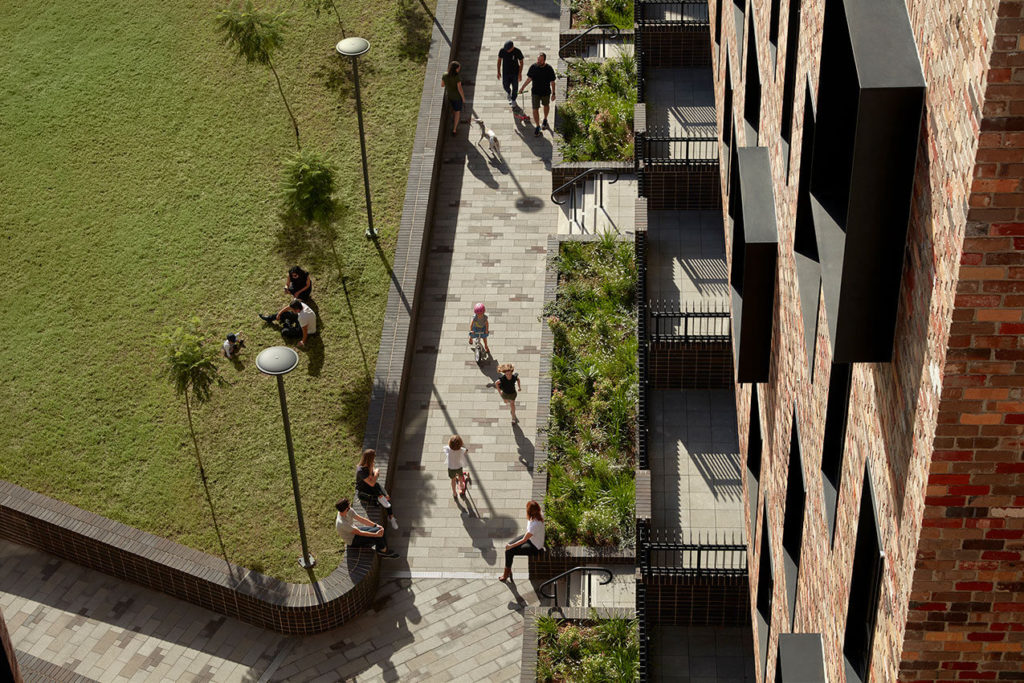
Our cities have been witnessing a gradual shift, a transformation embracing more diverse typologies and design solutions with a welcome focus on residents’ quality of life, community engagement and social inclusion. This wave of change is making our inner-city suburbs more interesting, infusing them with a vibrancy.
Strickland Buildings: City of Sydney Architect RH Broderick
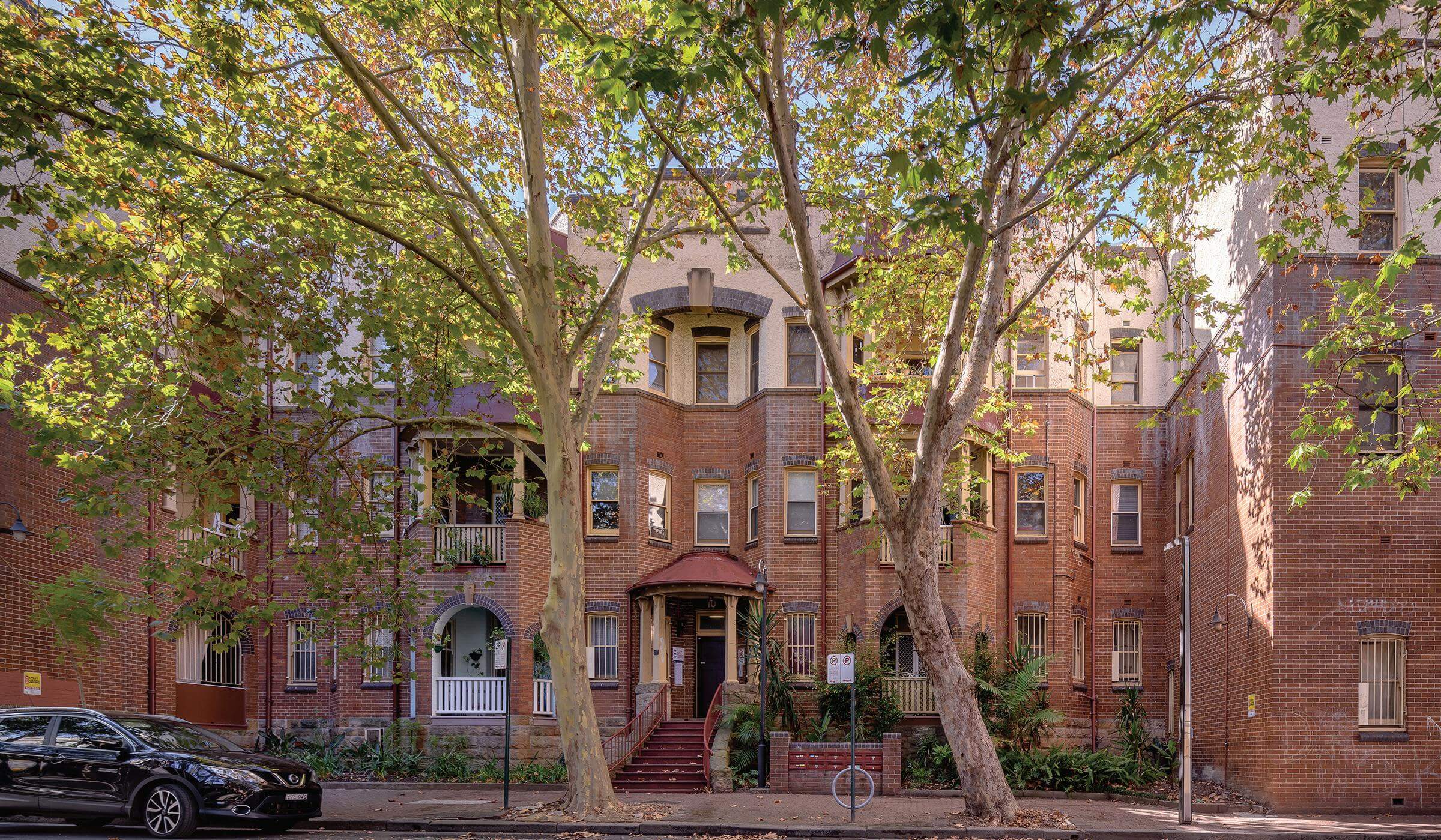
Imagine for a moment that a local council could directly design and construct housing for the economically disadvantaged among us, using in-house architects. Then imagine that the resultant dwellings consist entirely of social housing and that this ‘development’ is not even remotely connected to or funded by adjacent new dwellings for the better off.
Practice Profile: Muci

Starting a business and a family at the same time might sound like a nightmare, and we are not here to tell you that it’s been easy, but lately, we’ve realised the juggle brings with it substantial long-term benefits for our practice.
(Don’t) do It yourself

We have undertaken collaborative housing projects in architectural, legal and financial partnerships to house ourselves and our business. Collaborative projects rely on goodwill, common goals and a harmonious group dynamic over a long timeframe.
No time to demolish
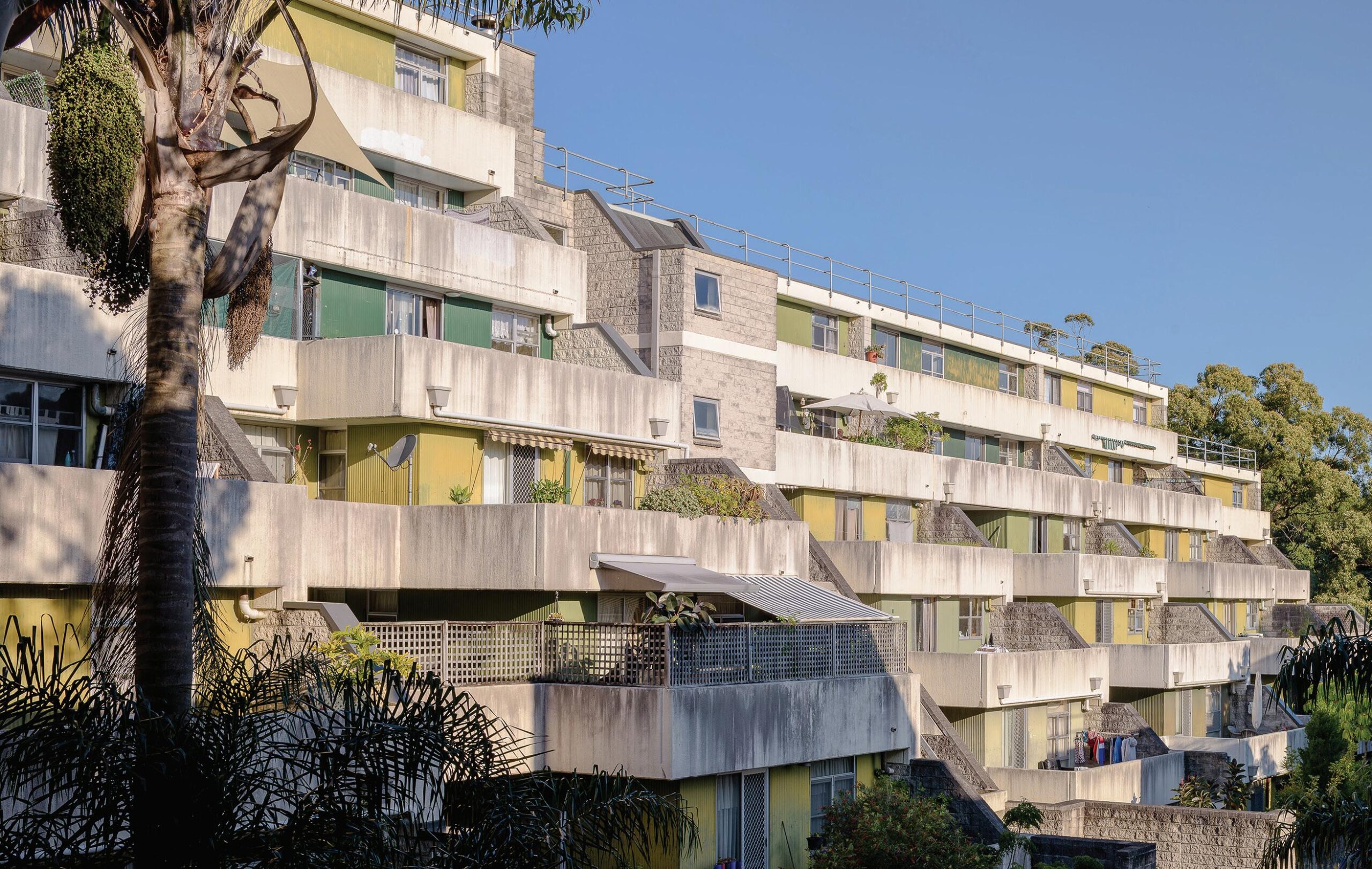
The refurbishment and infill of existing social housing, as an alternative to its demolition and reconstruction, presents a fast and scalable way of providing housing while achieving better social, economic, and environmental outcomes.
Apartment as home
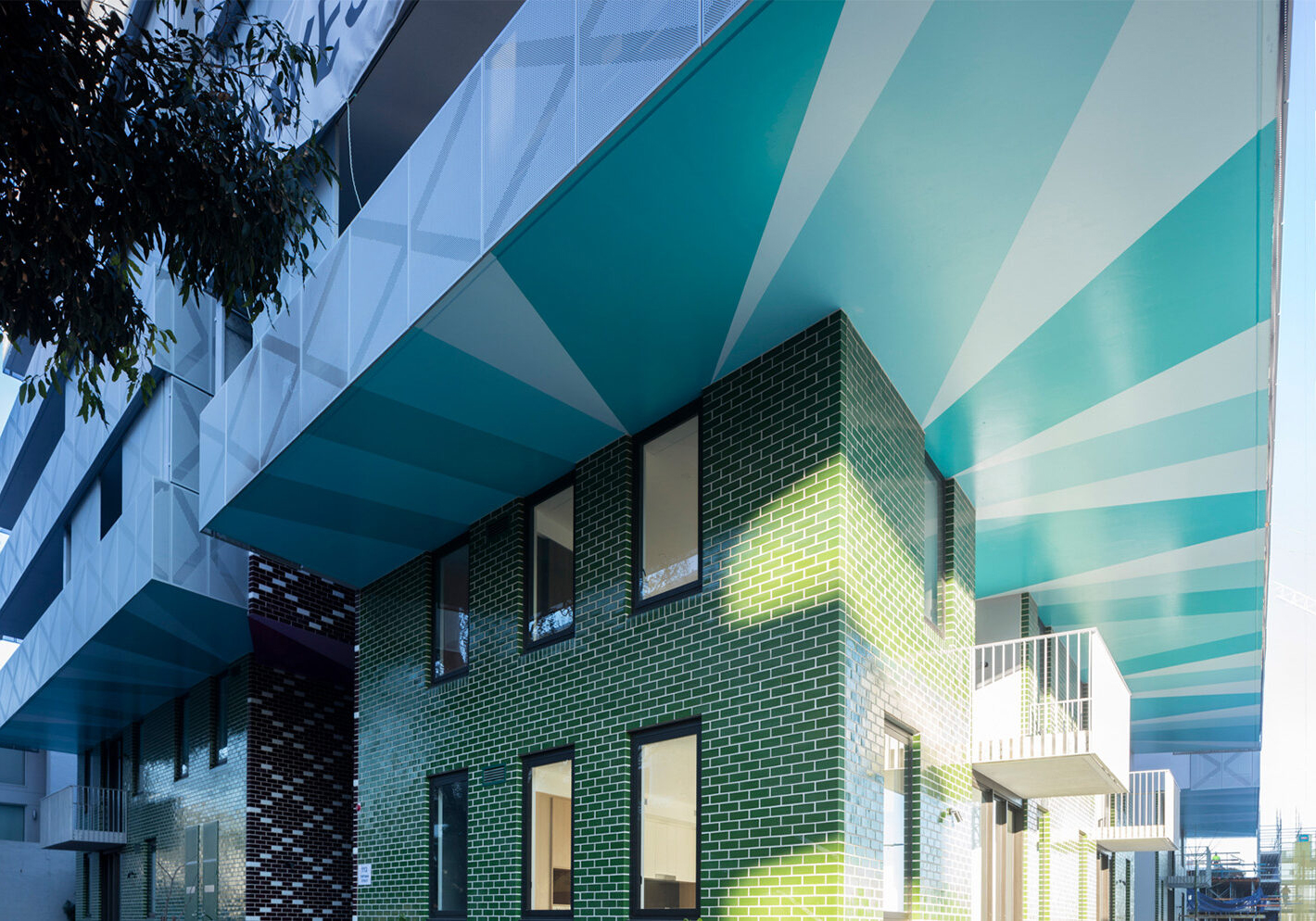
The majority of buildings in our cities are our homes, and for an increasing number of Australians, these are apartments.
Coastal resilience

The coast is an iconic and highly-valued landscape in Australia. It’s one of our most productive and abundant places environmentally, culturally and economically.
Resilience, health, and equity
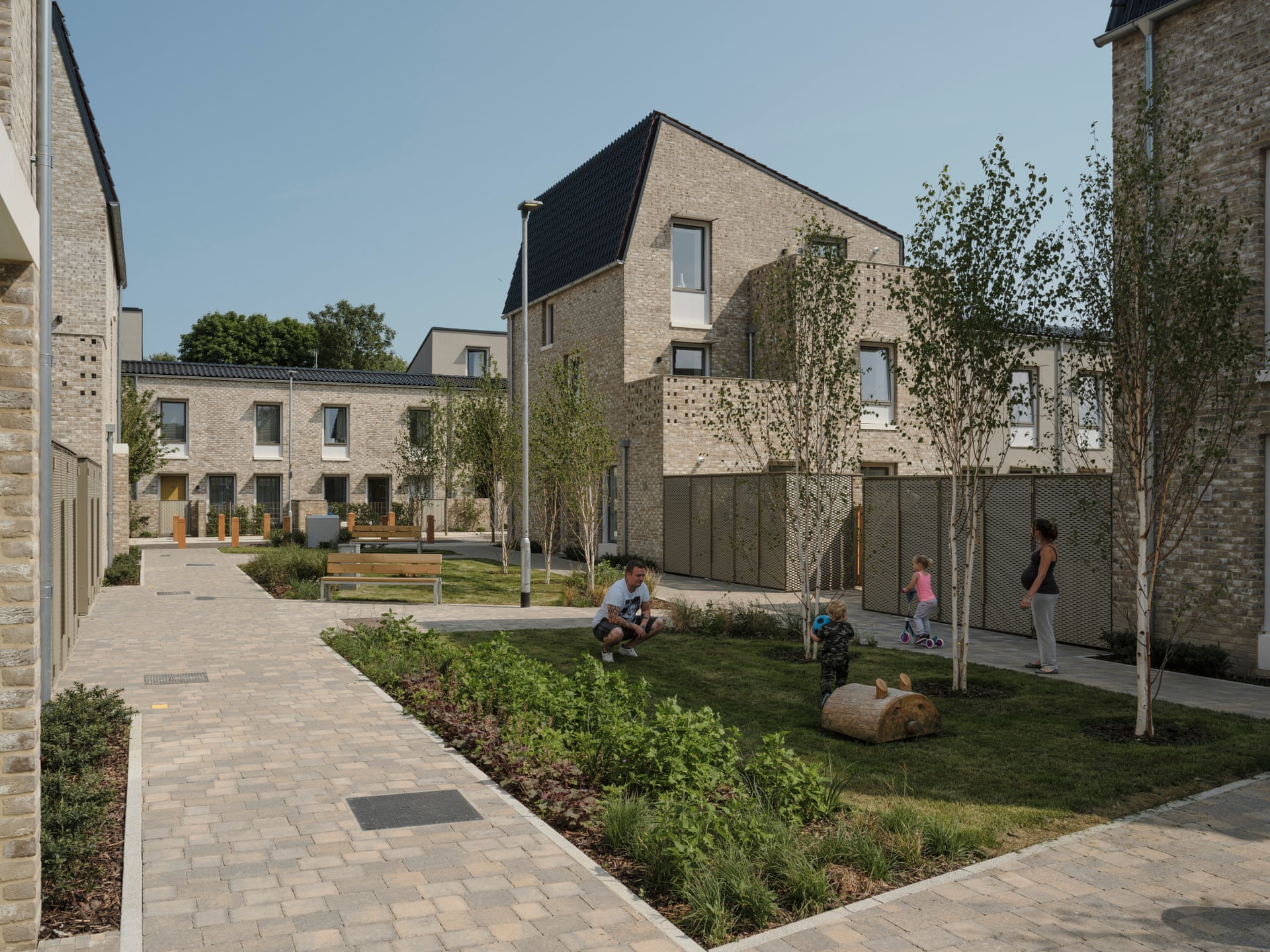
Architecture has the potential to contribute positively over the next few decades as humanity adapts to the changing world we have co-created. While the resilience of our current building stock is poor, we have an opportunity to improve it and create new buildings that are appropriately resilient to the future we face.
Leave no-one behind in 2023
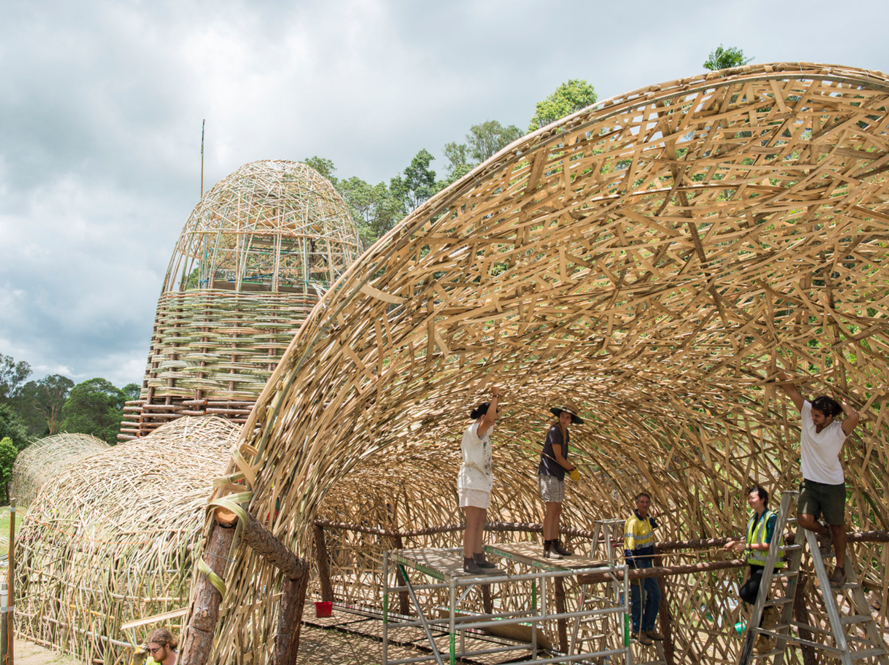
With its Leave No One Behind sustainable futures theme and the aim “to make architecture a central tool in achieving the UN17 Sustainable Development Goals”, the July 2-6 Union of International Architects Congress (UIA23) in Copenhagen brought the importance, and the potential of the goals to the attention of practitioners, educators and students from around the world.